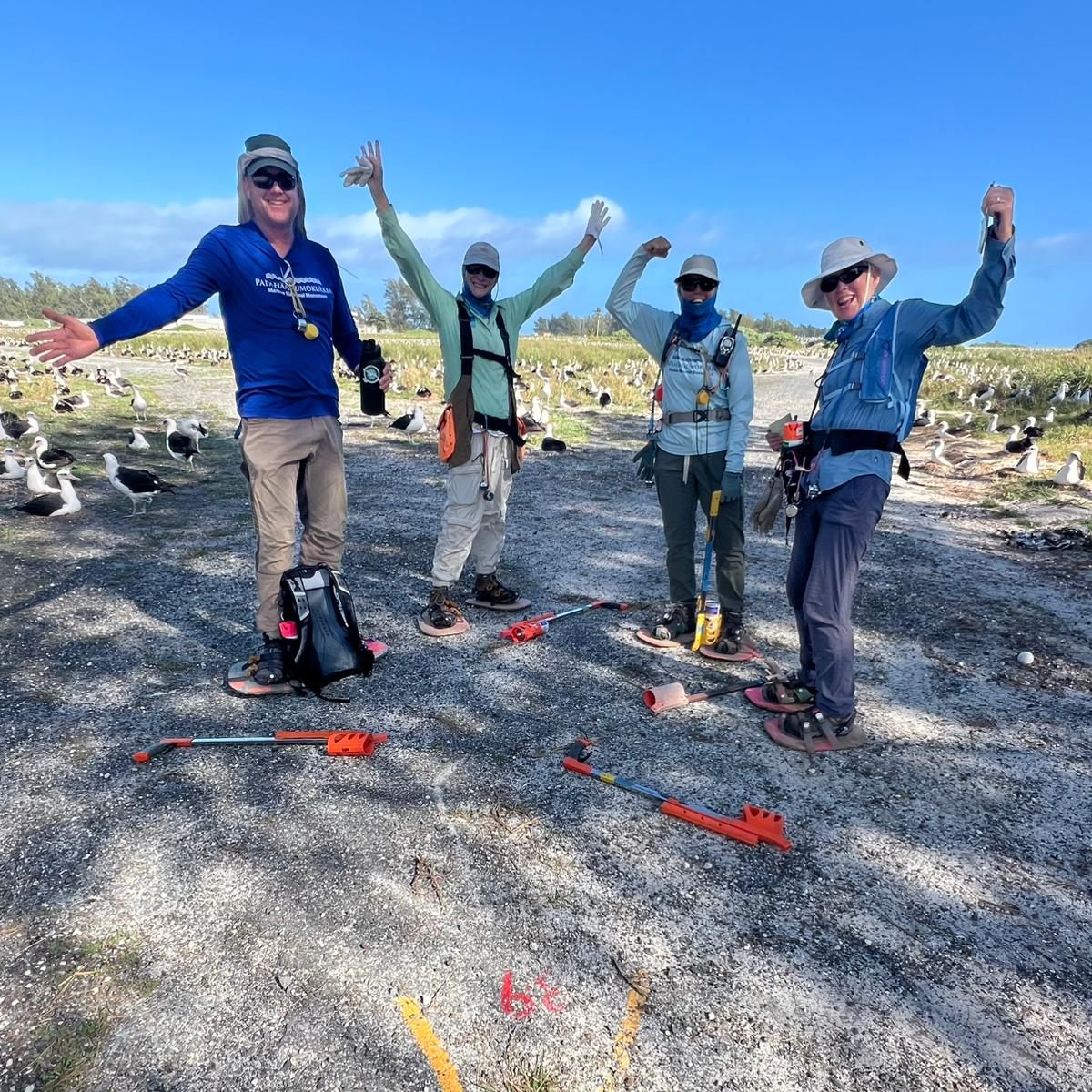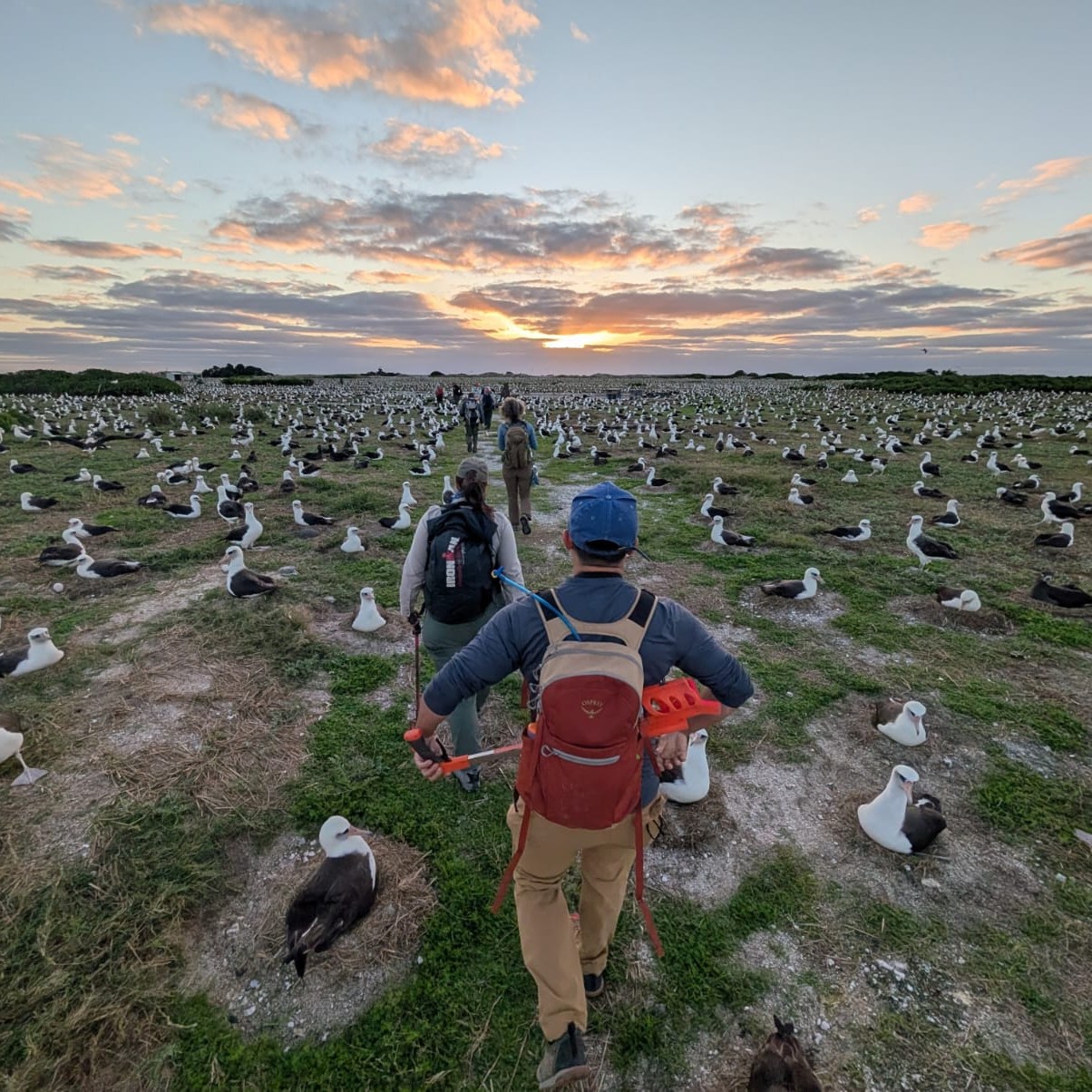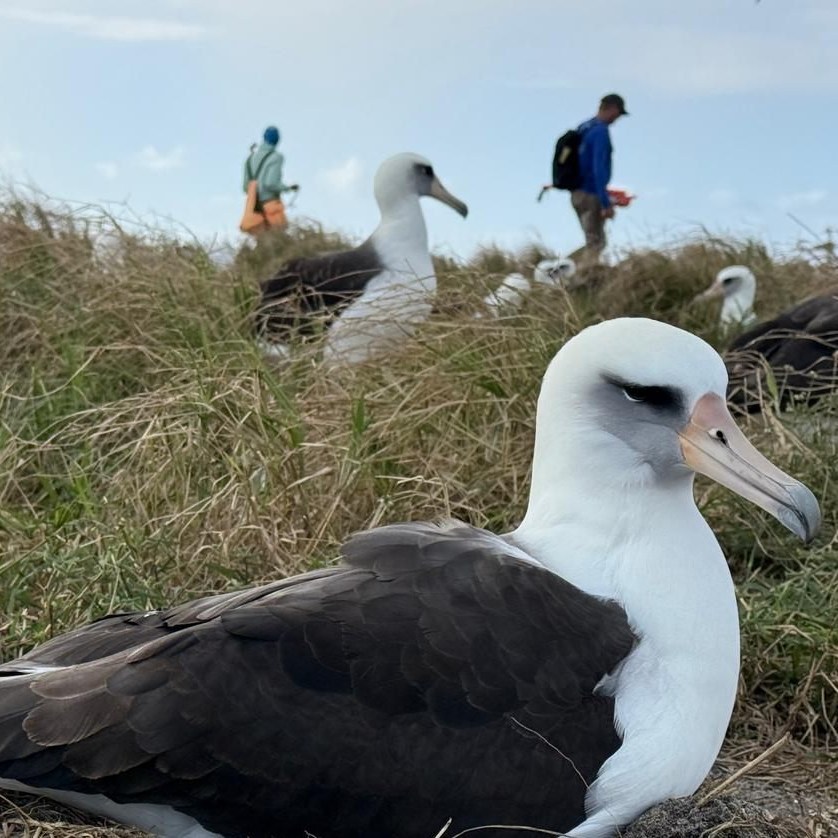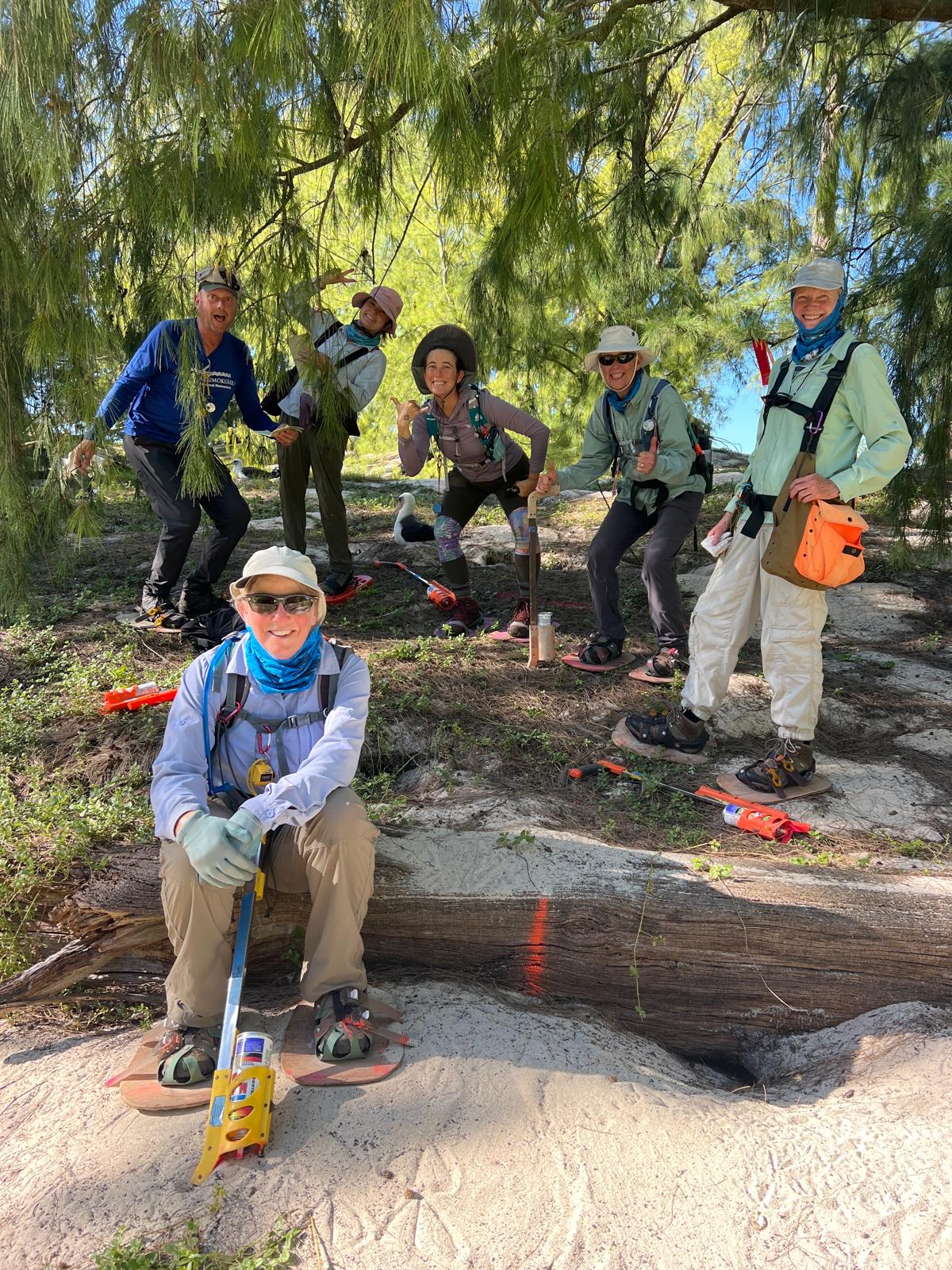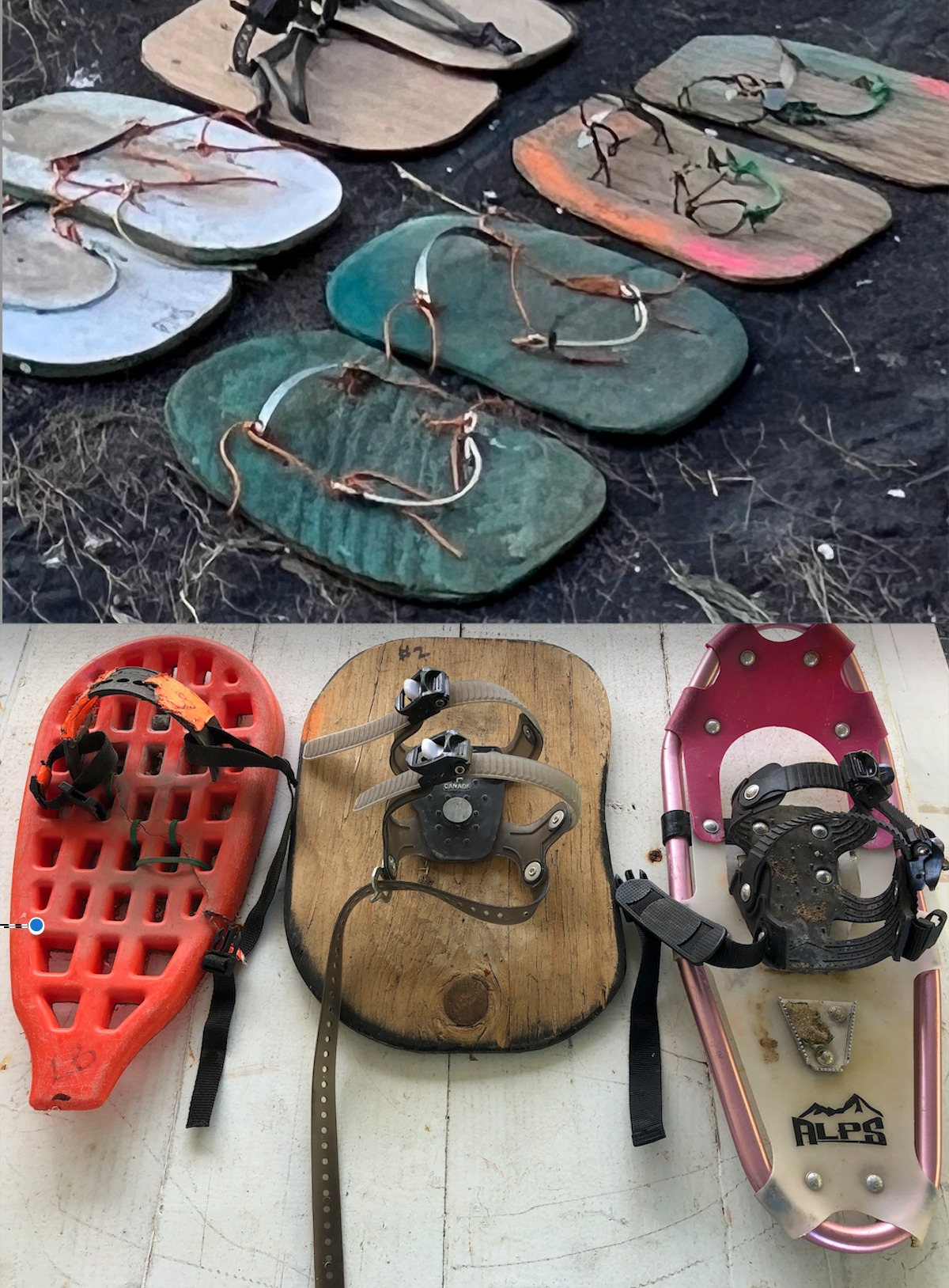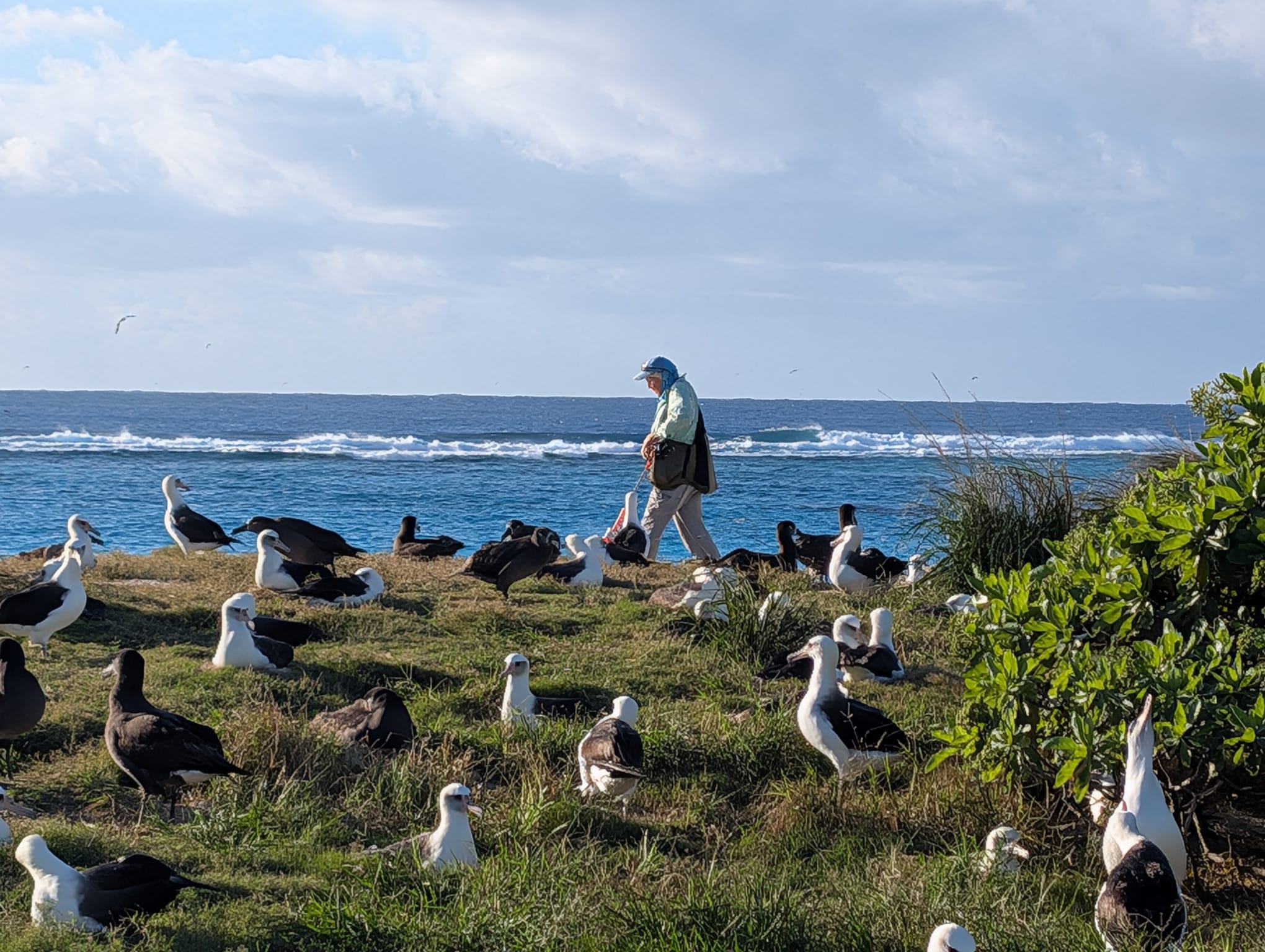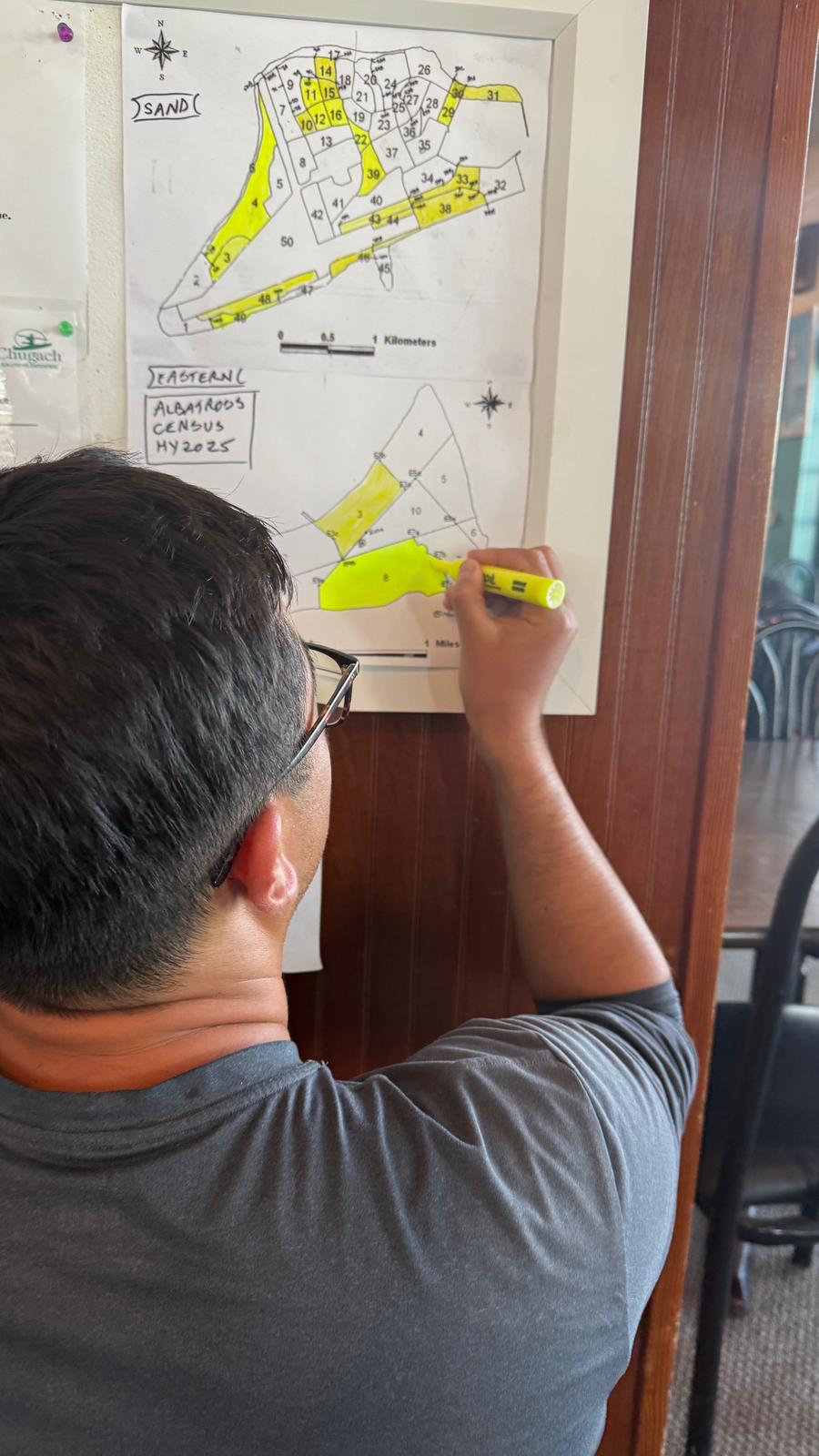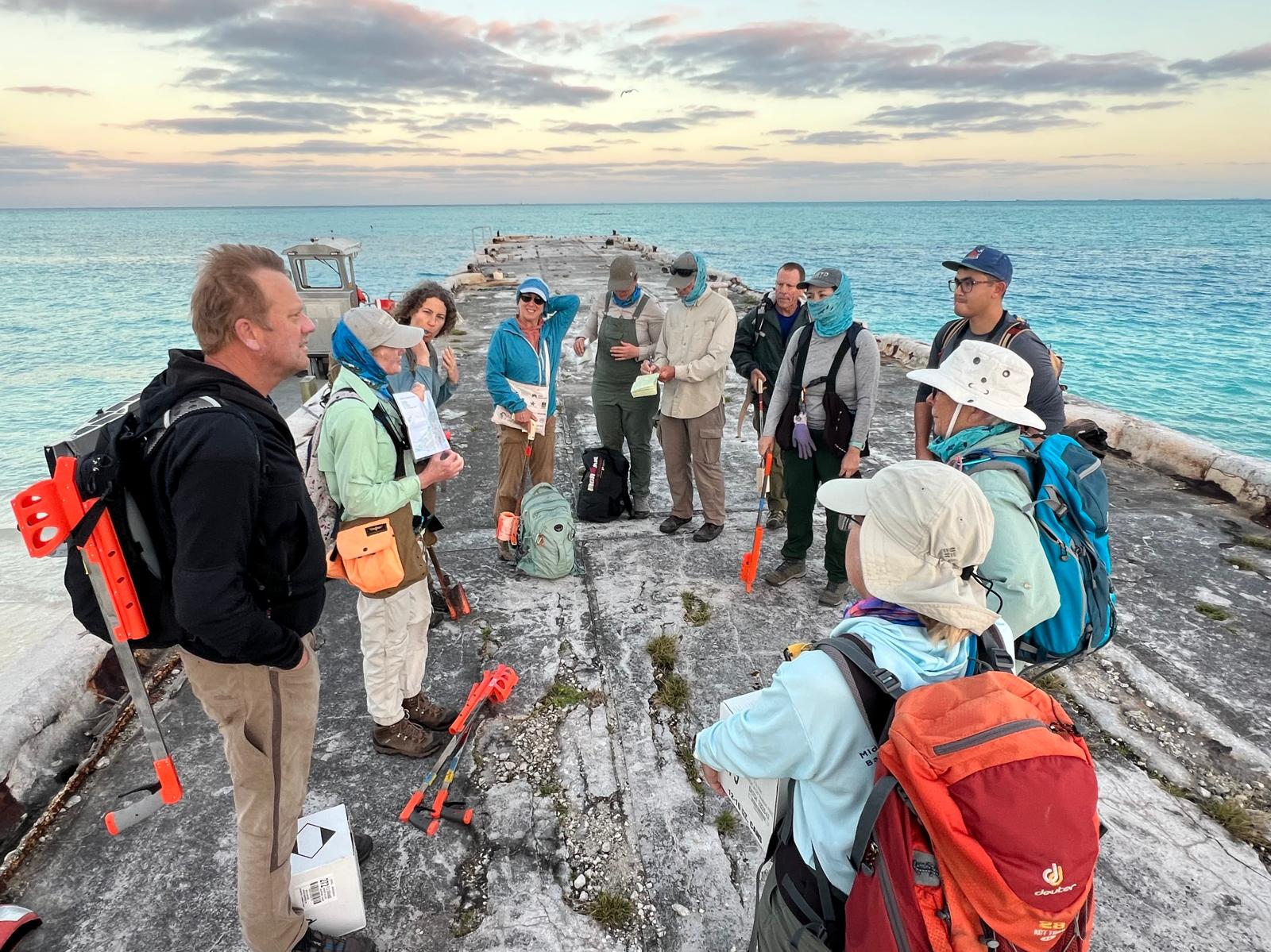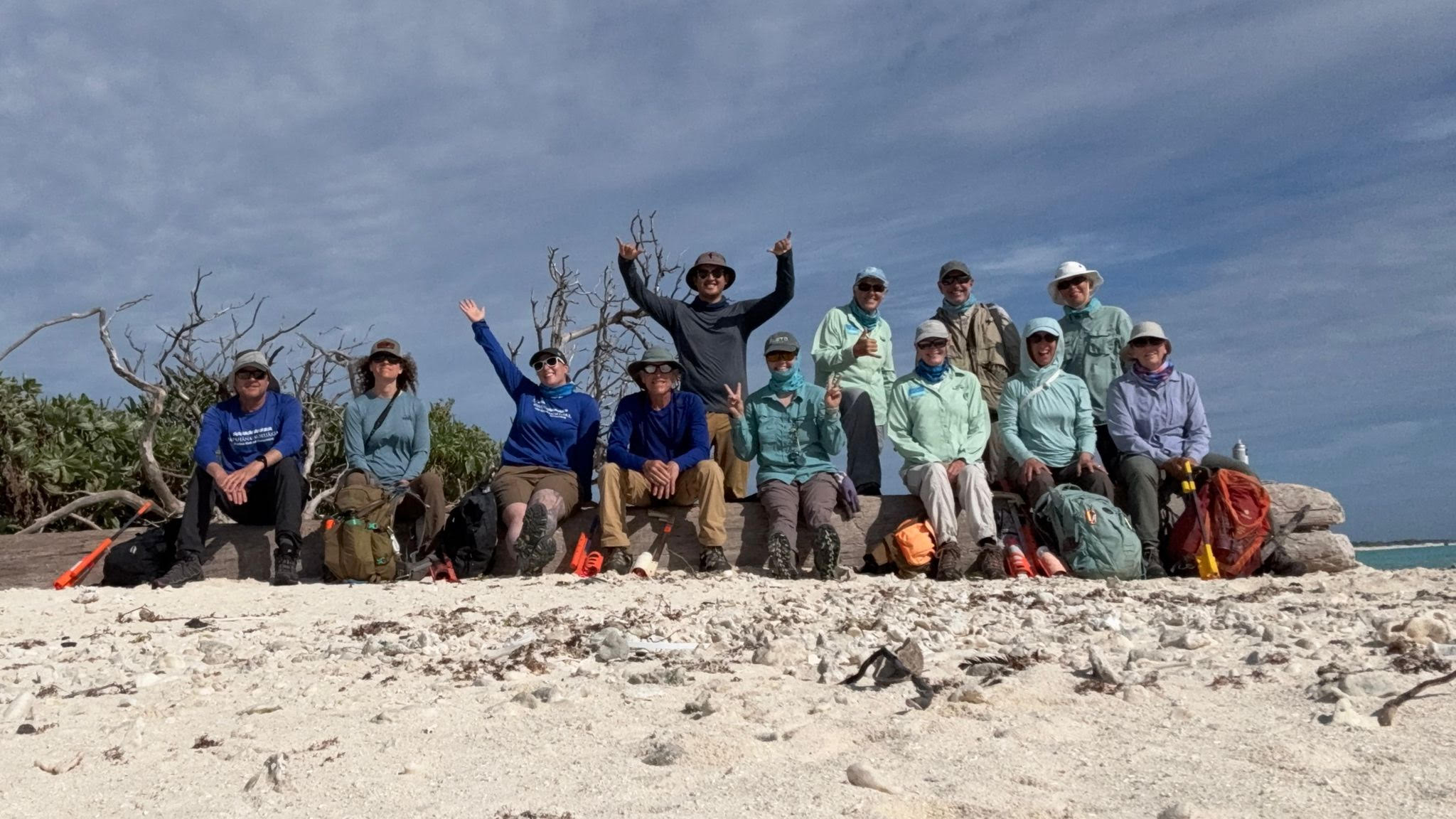As the first group of Bird Counters began departing the week of January 13th, there has been much to celebrate! The most exciting news is this year's total for Mōlī (Laysan Albatross) nests at nearly 620,000! This is the second highest number recorded since the annual nest count over 30 years ago. At least 660,000 in 2015 was the highest Mōlī count recorded. For Ka'upu or Black-footed Albatross, the news is not as encouraging with the second lowest nest count reported at just over 25,000.
This year’s figures represented an almost 25% increase from last year for Mōlī nests, while Ka’upu nests were down about 9%. The counts typically rise and fall in alternating years, sometimes by large margins, and the reason for the pattern remains unknown.
Enjoy these photos shared by Dan Rapp and Pam Repp that highlight the beauty of Midway Atoll and the hard work of the Bird Counters.
The Fish and Wildlife Service is also happy to report a drone team came out this year in an effort to help reduce the cost and time to conduct future counts. While the drone did an aerial count, the bird counters did a complete on-the-ground count of all nesting albatross species within Kuaihelani (Midway Atoll). Additionally, ground transects were set up for comparison in different habitat types. While the analysis is still on-going, the drone has already proved remarkably successful. Although the drone is not reliable at sighting nesting birds in the non-native ironwood forests on Sand Island it has shown success in the heavy shrub areas.
Supervisory Biologist Jon Plissner was able to observe the drone's amazing avoidance capabilities. “The day I was out there over hundreds of Manu-o-Kū or White Terns started mobbing the drone, which was apparently the most they [the drone team] observed the entire time. Also a flock of Cattle Egrets came and started swarming it and you could see the drones hesitating and avoiding individuals as the birds approached within a few meters. There was no collision, no incidents and no disturbance of birds on the ground whatsoever. The trials seemed successful but we still would like to get a couple of more years in so that is where the funding the count is going to be critical.”
While half the bird counters departed mid-January, the other half continued to work by accomplishing a mass capture and banding effort of the more than 700 critically endangered Koloa Pōhaka (Laysan Ducks). This population originated from a small number of birds translocated from Laysan Island to Midway in 2004 and again in 2005. The Koloa Pōhaka is one of only two native ducks in the Hawaiian Archipelago.

Article written by Ann Bell

